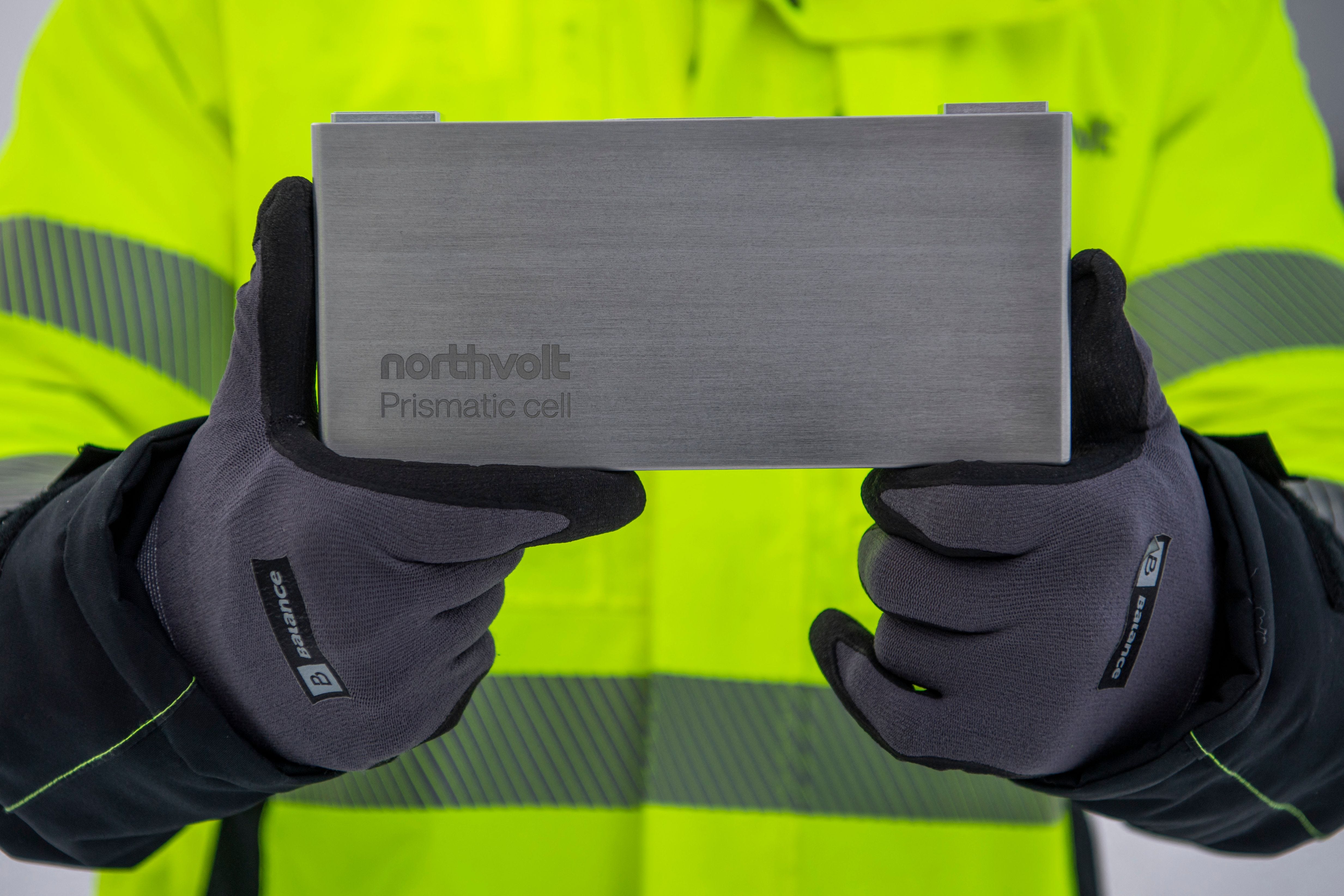
JONATHAN NACKSTRAND/AFP/Getty Images
When Northvolt went bankrupt, it sent shockwaves through the cleantech industry.
Backed by big names such as Goldman Sachs and BlackRock, the Swedish startup had set out to revolutionize electric vehicle battery production — not just recycling them, but making new ones, too.
Redwood Materials, a US rival run by Tesla cofounder JB Straubel, is trying to tackle the same problem without succumbing to overambition. To do that, it focuses on upstream materials, maintains strategic partnerships, and avoids direct competition with customers.
Why Northvolt failed
Northvolt’s vision was as audacious as it was complex. With $15 billion in funding, the company planned to handle everything in-house: sourcing raw materials, recycling batteries into black mass (a powder rich in nickel, lithium, cobalt, and manganese), refining that material via hydrometallurgy, and then producing battery cells at a massive scale.
With that scope came massive risk. Building and scaling cell manufacturing — especially outside Asia — is notoriously difficult. Northvolt struggled to ramp up operations at its Arctic Circle facility and increasingly relied on Chinese equipment, which slowed production and created bottlenecks. Costs ballooned, debts mounted, and the company ultimately couldn’t keep up.
“Northvolt went a little too fast,” said an investor who has backed startups in this industry. “They tried to commercialize before perfecting the process at scale.” This person asked not to be identified discussing sensitive matters.
Northvolt did not respond to a request for comment from Business Insider.
Redwood wants to be ‘Switzerland’
Redwood Materials, by contrast, focuses on what it sees as the most valuable — and underinvested — piece of the EV battery supply chain: cathode active materials. CAM accounts for roughly 60% of a battery’s value and 15% of the cost of an electric vehicle, according to Redwood.
There’s no large-scale CAM production in North America, and that’s the gap Redwood wants to fill.
“We’re not making battery cells. That’s never been part of the plan,” said Cal Lankton, Redwood’s chief commercial officer. “We don’t want to compete with our customers.”
Instead, Redwood recycles EV battery production scrap and old batteries into usable metals and refines them into CAM, which it sells to cell manufacturers such as Panasonic and Toyota. This strategy keeps the company neutral while generating revenue from multiple points in the supply chain.
“As JB would say, we can be Switzerland,” Lankton told me when I met him recently at Redwood’s campus in Nevada’s high desert.
Unlike Northvolt, which produced its own batteries and used its recycled material internally, Redwood aims to sell its refined materials to a broad range of customers, reducing dependency on any one player and avoiding direct competition with partners that make batteries.
“What Northvolt set out to build is incredibly impressive — the scope, the aspiration of what they tried to do,” Lankton said. “I don’t want to come across at all as denigrating what happened.”
However, he said that by trying to make batteries itself, Northvolt added extra layers of risk, complexity, and expense.
“You’re competing with your customers. So you would only produce CAM for your own consumption, which was Northvolt’s plan, right?” Lankton added. “So if any piece in there falls apart, the whole thing breaks.”
Step-by-step
Redwood has also been more measured in its scaling. While Northvolt attempted to go from lab to commercial production in one giant leap, Redwood moves step-by-step — refining materials, building CAM capacity, and only taking on new challenges when it’s ready.
For example, Lankton said that while Redwood initially intended to hold onto intermediate recycled materials until its CAM operations ramped up, the company made a tactical pivot: sell the intermediate products now, generate revenue, and prove its capabilities.
“A dollar today for a company in our position is much more valuable than a dollar to use in the future,” Lankton said. “Let’s convert that inventory into cash. Let’s demonstrate our capability to our investors, to our customers, to the market.”
Redwood also used to make copper foil, a main ingredient in batteries. When Chinese companies began churning this out in massive quantities, prices plummeted, so Redwood halted that part of its business.
“We’re not dogmatic,” Lankton said. “We’re not going to take a business plan and just do it until we think it works and run ourselves into the ground.”
Lessons from Northvolt
Northvolt’s bankruptcy isn’t just a cautionary tale — it’s a live case study. The company’s downfall underscores the perils of over-integration, overreach, and underestimating the difficulty of battery cell manufacturing.
Redwood Materials is learning and taking a different tack by positioning itself not as a battery maker, but as an enabler of the EV battery supply chain.
“I think that’s one of the strengths of Redwood, and I again, not to put too fine a point on it, something that Northvolt kind of struggled with, which is finding those pivot points when the original plan perhaps is getting more expensive or further out in the future,” Lankton said.
The post EV battery maker Northvolt failed after blowing through $15 billion. This US rival thinks it won’t suffer the same fate. appeared first on Business Insider.




